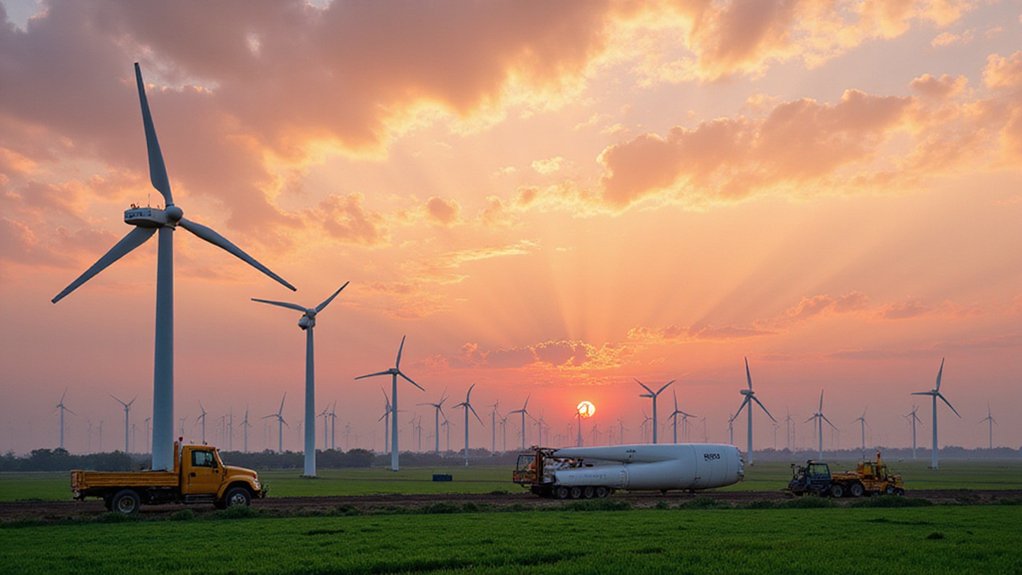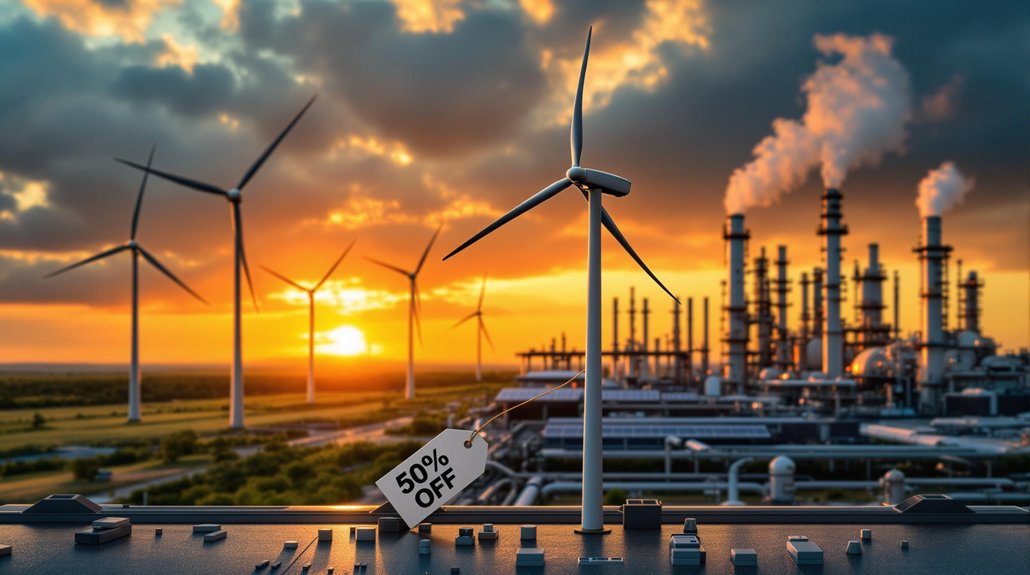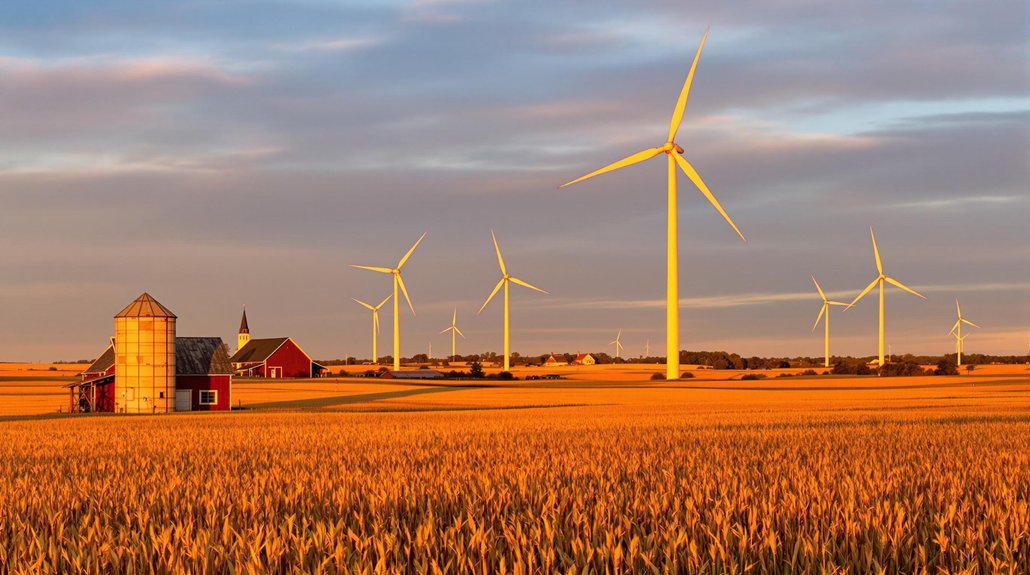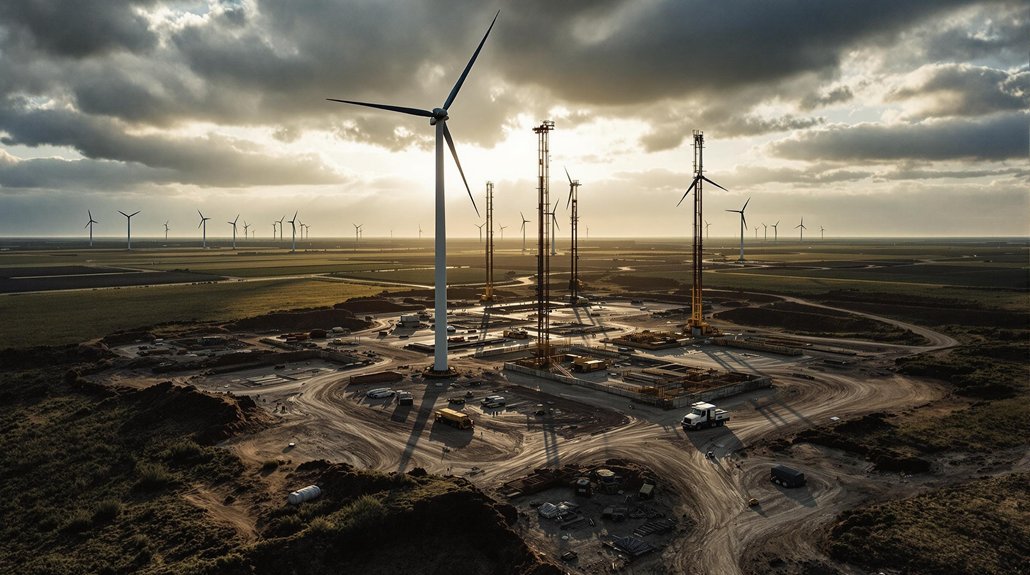India’s wind energy capacity has surpassed 50 GW, marking significant progress toward its 100 GW goal by 2028. Government incentives include transmission charge waivers and 100% FDI allowance. The sector relies on advanced turbine designs, AI integration, and IoT solutions to improve efficiency. Job creation and workforce training remain essential as the industry expands. This renewable energy push contributes to India’s broader target of 500 GW non-fossil capacity by 2030.
As India pushes toward its ambitious goal of 100 gigawatts (GW) of wind energy capacity, the nation has already reached an impressive milestone of over 50 GW as of March 2025. Just a month earlier, in February, the capacity stood at 48.59 GW, showing rapid growth in the sector. This progress marks a significant step in India’s journey toward cleaner energy sources.
The government has introduced several policy incentives to fuel this growth. These include a waiver of Inter-State Transmission System charges for projects commissioned by June 30, 2025, and allowing 100% Foreign Direct Investment under the automatic route. Renewable Purchase Obligations and Renewable Consumption Obligations have also been established to boost the adoption of wind energy across the country. The government has also instituted a clear bidding trajectory for Renewable Energy Implementing Agencies to procure 50 GW annually through 2028.
The Indian Wind Turbine Manufacturers Association (IWTMA) plays a vital role in this expansion. The association works closely with the Ministry of New and Renewable Energy through regular high-level meetings to align industry strategies with national goals. These collaborations are essential for the sector’s continued development. India’s domestic manufacturing capability now exceeds 18 GW annually, positioning the country as both a self-sufficient producer and potential export hub.
Technological innovation is driving the industry forward. Companies are developing advanced turbine designs and integrating digital technologies like IoT and AI for better operations. Predictive maintenance using analytics helps reduce downtime and extend the life of wind turbines. These technological advances are critical for reaching the 100 GW target.
Innovation transforms wind energy with smart turbines powered by IoT and AI, ensuring India’s renewable future through enhanced efficiency.
The wind energy sector is also creating thousands of jobs in manufacturing and installation. There’s a strong focus on training workers and enhancing skills to meet the industry’s growing needs. Educational infrastructure for renewable energy skills is being improved across the country. Unlike other renewable sources, wind energy offers a high capacity factor, enabling a more reliable electricity supply throughout the year.
Environmental benefits remain a central advantage of wind energy expansion. It helps reduce carbon emissions and contributes to India’s target of 500 GW non-fossil power capacity by 2030. The sector also boosts local economies through installation and maintenance activities.
As India continues its renewable energy journey, the wind sector stands as a pillar of the nation’s sustainable future, combining economic growth with environmental responsibility.
References
- https://economictimes.com/industry/renewables/investing-in-tech-workforce-to-reach-100-gw-of-wind-energy-target-by-20230-iwtma/articleshow/120869213.cms
- https://windinsider.com/2025/03/18/indias-wind-energy-capacity-reaches-48-59-gw-amid-policy-push/
- https://ember-energy.org/latest-insights/union-budget-2025-focusing-on-long-term-energy-security-and-domestic-manufacturing/
- https://globalenergymonitor.org/report/despite-a-record-year-india-needs-to-double-renewables-deployment-by-2030-to-meet-energy-targets/
- https://ember-energy.org/latest-updates/indias-union-budget-2025-signals-a-bold-push-to-diversify-its-energy-mix-with-a-target-of-100-gw-nuclear-capacity-by-2047/








